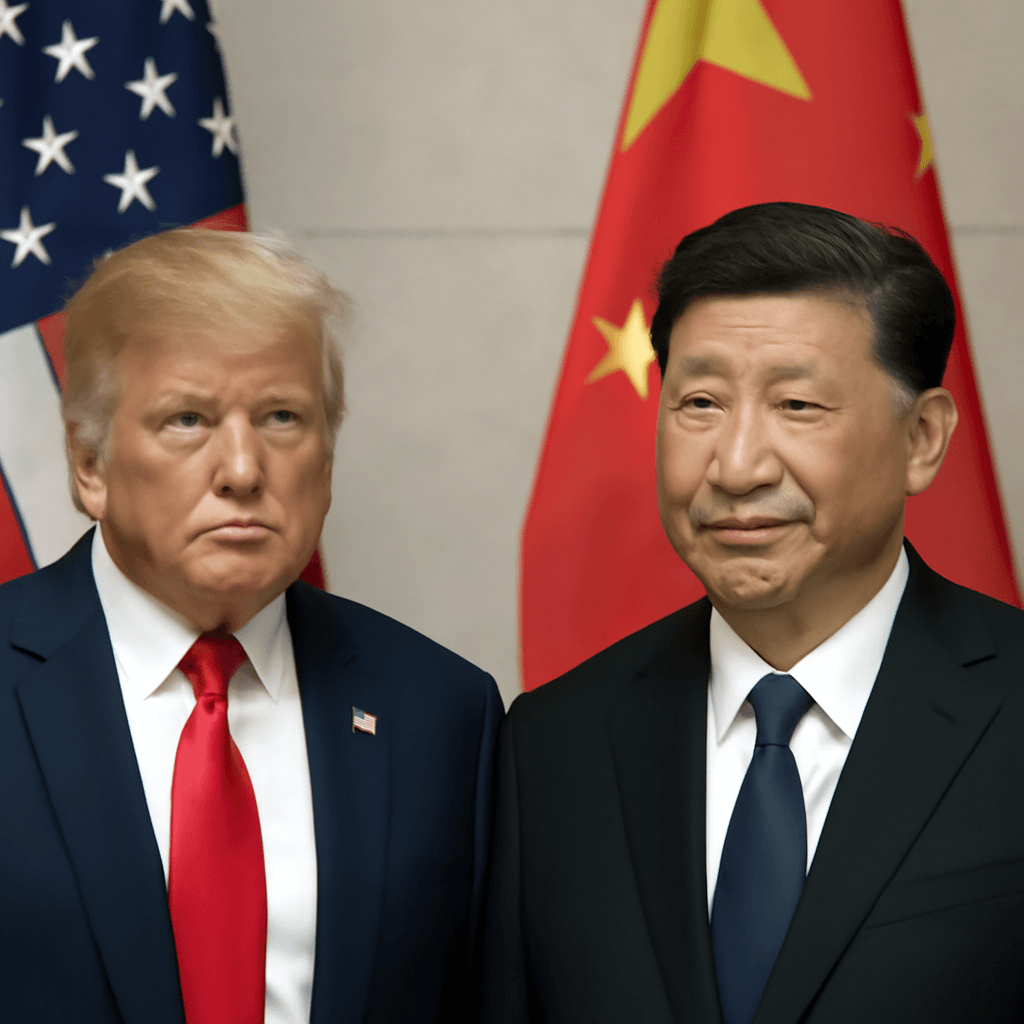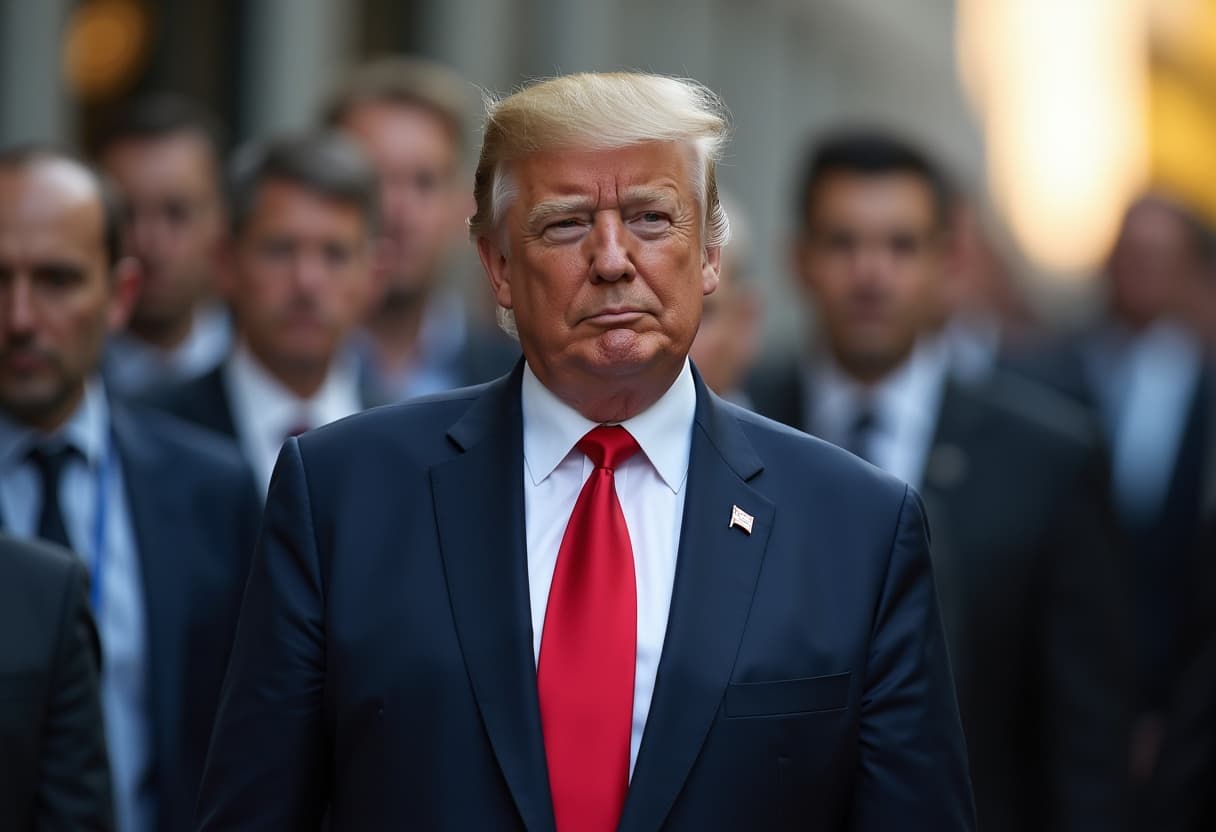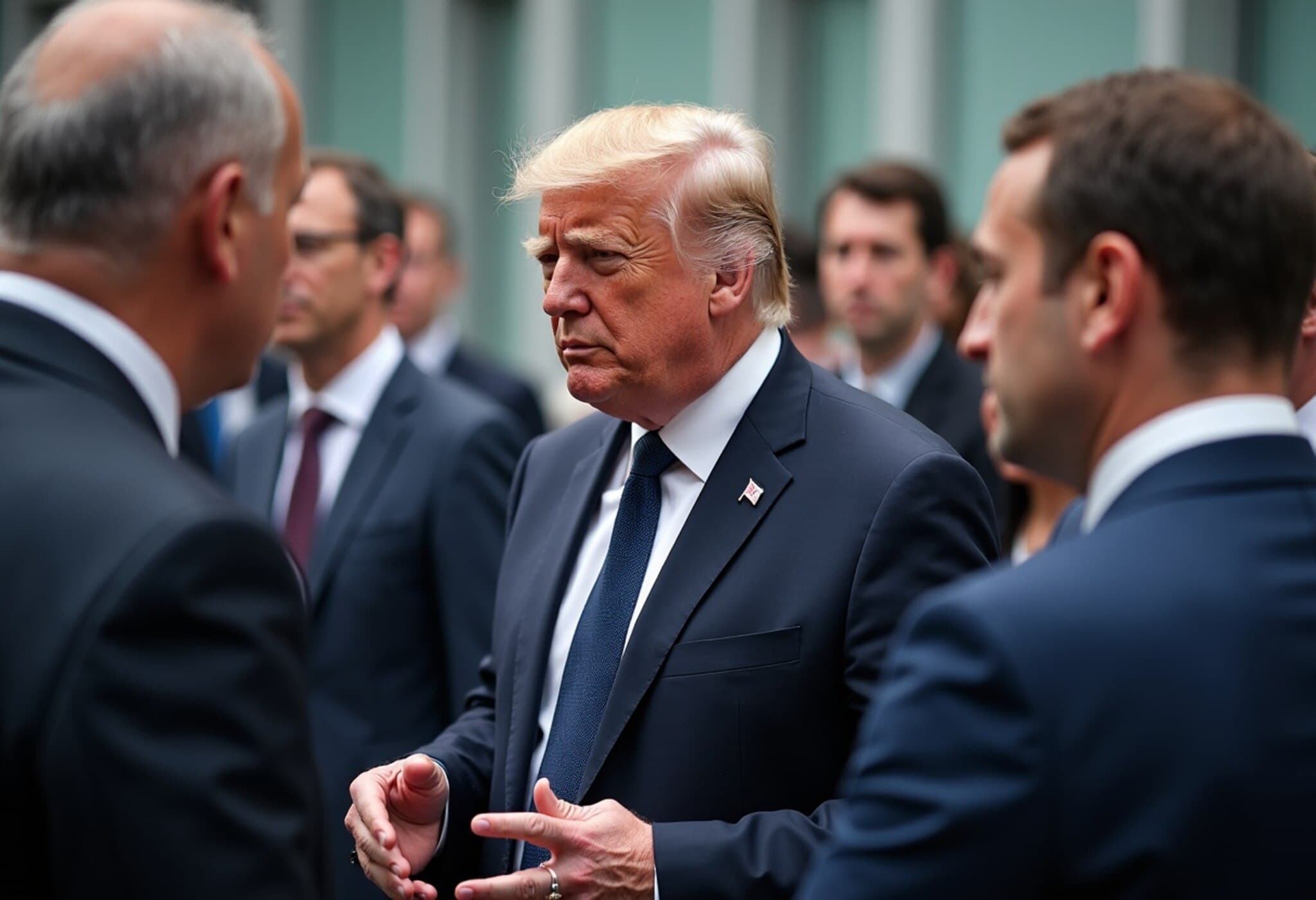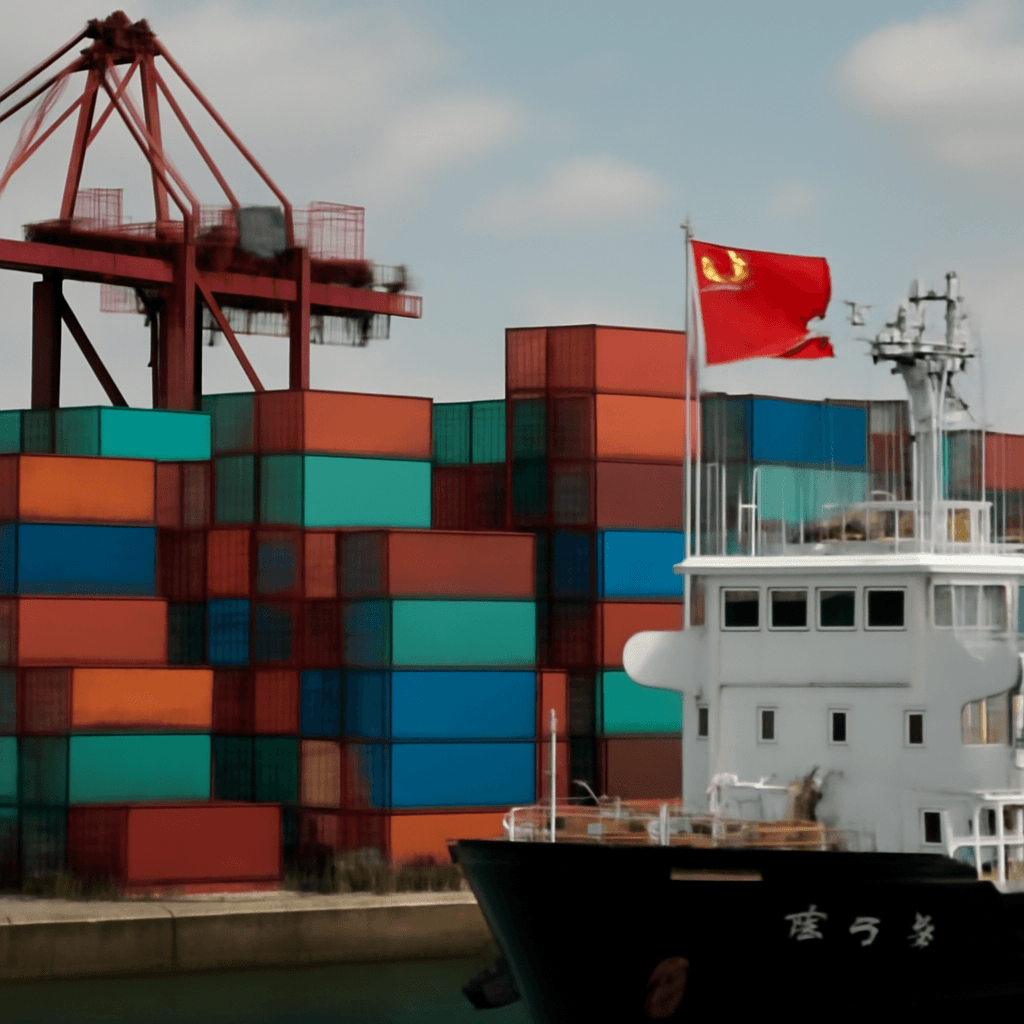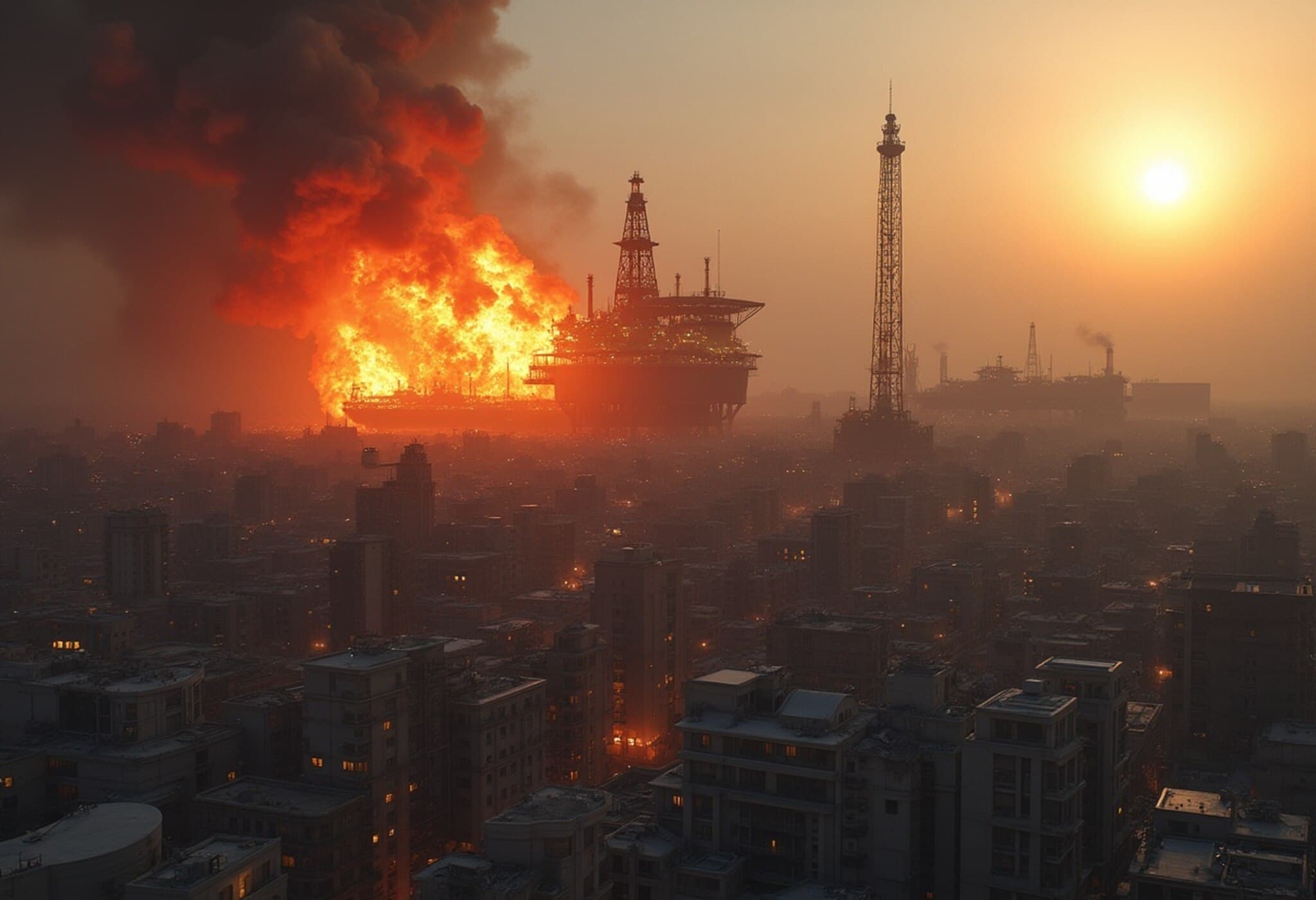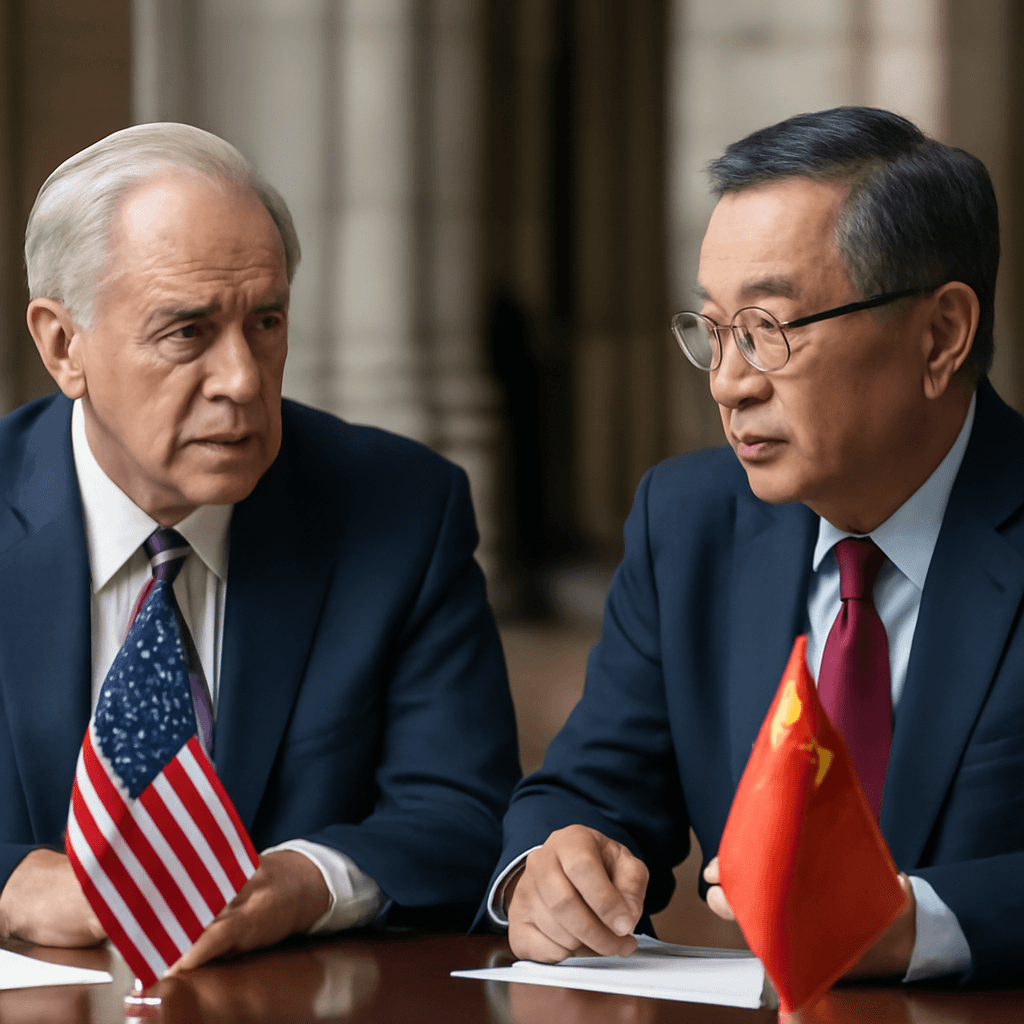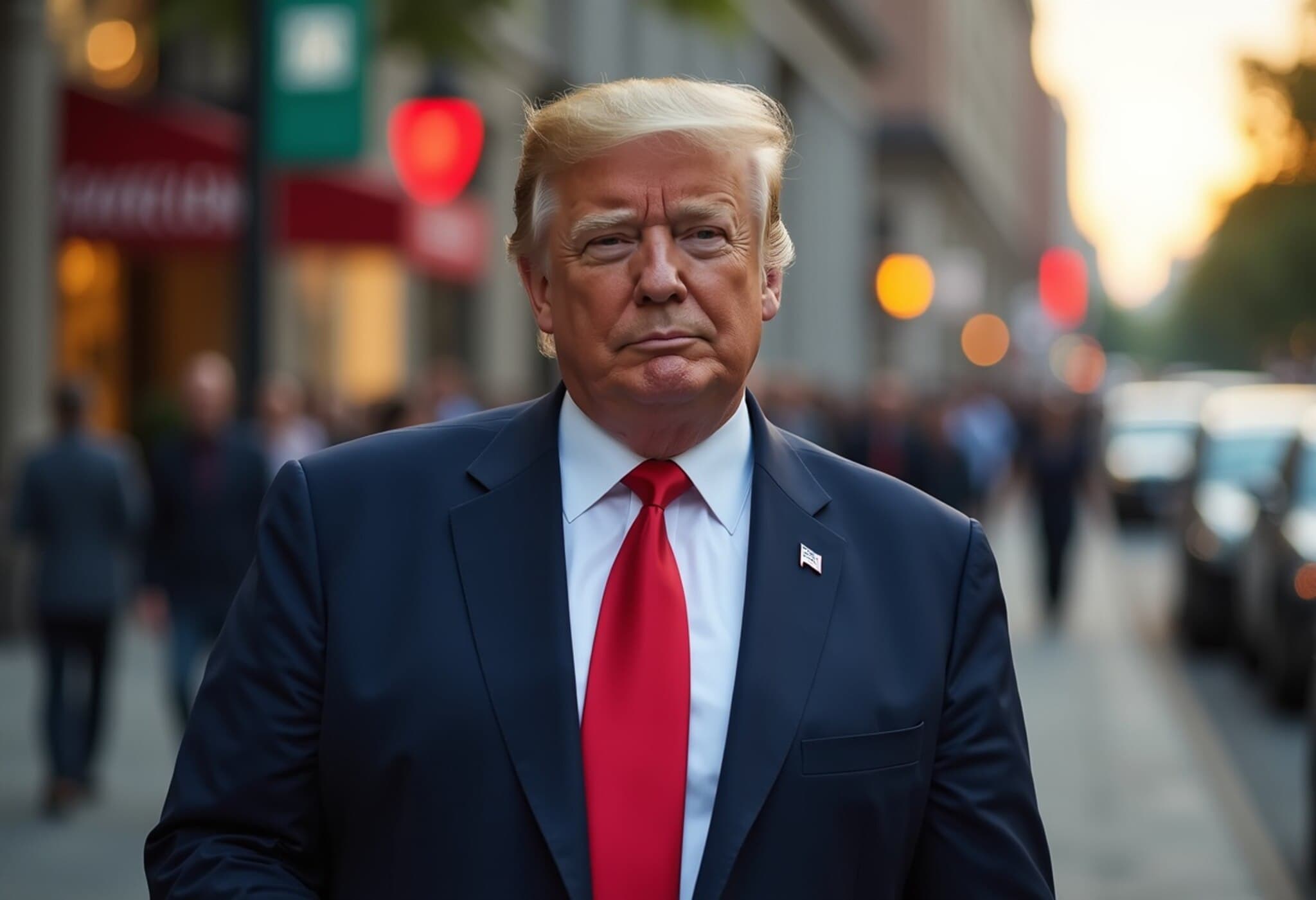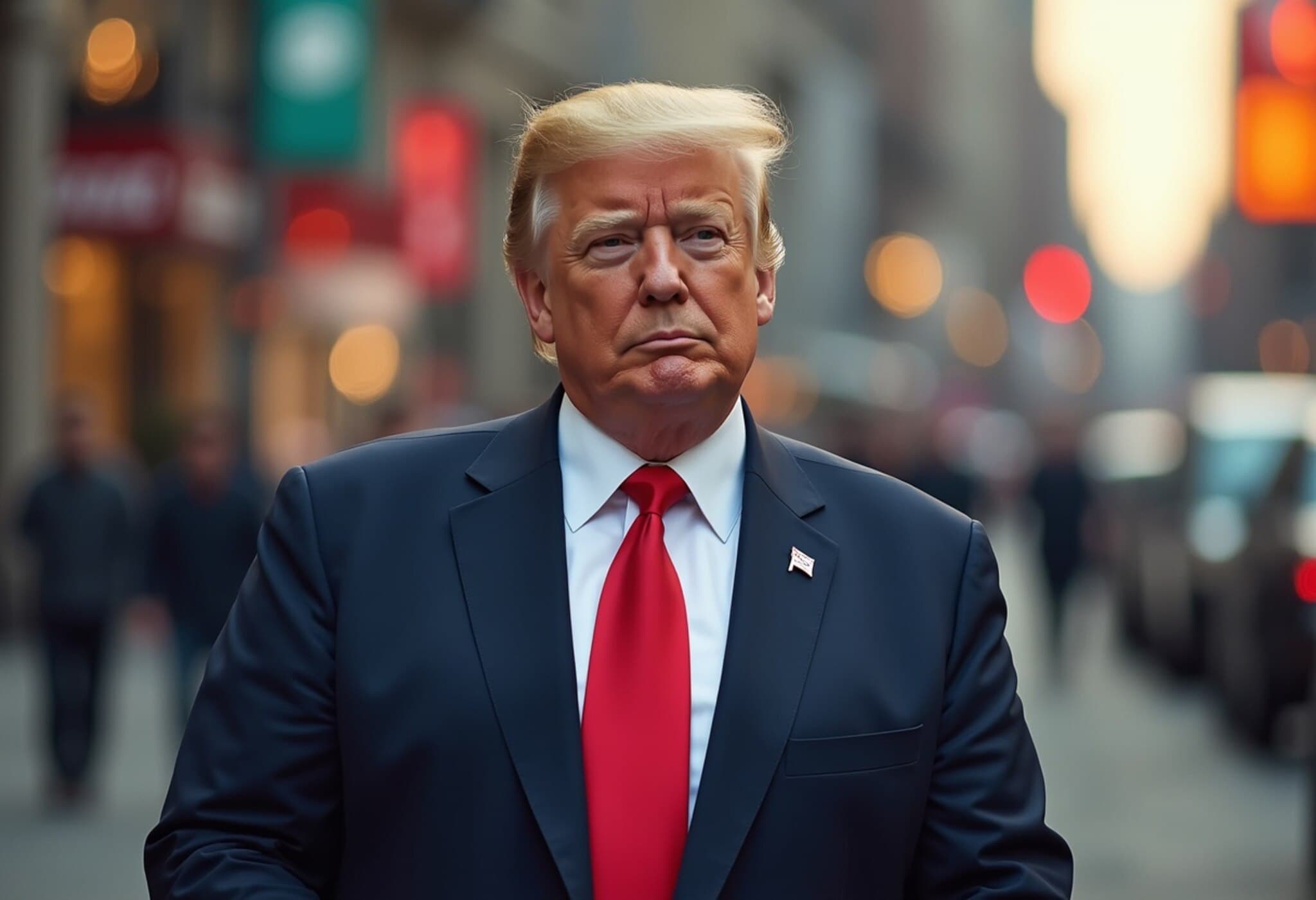Trade Truce Deadline Intensifies Global Economic Buzz
As the calendar flips to the final week of July 2025, global markets and policymakers find themselves on edge, all eyes fixed on August 1 — President Donald Trump’s latest deadline for negotiating a pivotal trade truce. This round of talks places the European Union under the spotlight, with simmering tensions promising a high-stakes week ahead.
Complexities Mount with U.S.-China Talks Entering the Fray
What was once a Europe-focused negotiation is now intricately entwined with newly scheduled U.S.-China discussions happening in Stockholm early this week. This unexpected development adds another layer of uncertainty, potentially complicating Europe’s traction toward a trade agreement. The overlapping diplomatic engagements illustrate the fragile and interconnected nature of today's global trade environment.
The specter of delayed or failed agreements fuels market volatility, as corporations and investors wrestle with an increasingly unpredictable economic horizon.
Europe's Mixed Signals and Market Reactions
Just last week, optimism stirred when an EU diplomat hinted that a deal with the U.S. could be imminent, sending European and American stock markets surging. However, President Trump quickly tempered those expectations, describing the chances of success as a “50-50” proposition.
Meanwhile, the European Union is keeping its Anti-Coercion Instrument (ACI) primed, a strategic tool designed to counteract unfair trade practices should the negotiations fall through. This measured readiness speaks volumes about the EU’s cautious stance amid ongoing trade uncertainties.
Economic Pressures Escalate for Corporations
Businesses across Europe are signaling distress under the cloud of tariff battles. Major players such as Puma, Volkswagen, and pharmaceutical giants have recently revised down their earnings forecasts, citing the strain tariffs impose on supply chains and operations. The pressure mounts on policymakers to resolve lingering trade disputes promptly to restore confidence and stability.
Key Earnings Reports and Economic Data to Watch
This week offers a treasure trove of economic indicators and corporate earnings that could sway market sentiment:
- Quarterly results from banking heavyweights like Deutsche Bank, BNP Paribas, and Santander.
- Reports from industry leaders including automotive giant Volkswagen, beverage firm Heineken, pharmaceutical titan Roche, and major energy producer Shell.
- Release of GDP growth figures for France, Spain, Germany, and Italy on Wednesday, providing valuable clues about the economic ripple effects of trade tensions.
The European Central Bank’s recent decision to maintain its benchmark interest rate at 2%, coupled with President Christine Lagarde’s remarks emphasizing a cautious “hold and watch” approach, underscores the complex balancing act between monetary policy and geopolitical risks.
Looking Ahead: Will August 1 Mark Resolution or Renewed Uncertainty?
With the August 1 deadline fast approaching, market participants, policymakers, and global businesses brace themselves for either a breakthrough or further instability. Much like a recurring motif, the news cycle returns to this looming date with anticipation and skepticism. As history reminds us, in high-stakes diplomacy, deadlines can be as much a starting point for negotiations as they are an endpoint.
Expert Perspective: The Stakes Beyond Borders
Trade analysts highlight that beyond immediate market reactions, these talks serve as a litmus test for global cooperation in a politically fragmented era. Successful negotiation could pave the way for easing inflationary pressures in the eurozone and stabilize supply chains affected by years of tariff back-and-forth. Conversely, failure might exacerbate economic slowdowns and feed into protectionist trends that risk longer-term growth.
Editor’s Note
This week’s developments are a reminder that geopolitical and economic challenges rarely resolve neatly on deadline dates. Readers should watch for the interplay between diplomatic talks and economic indicators, as well as the corporate earnings that often tell a more grounded story of how policy uncertainty hits the real economy. As always, vigilance and informed analysis remain crucial for navigating this evolving landscape.



